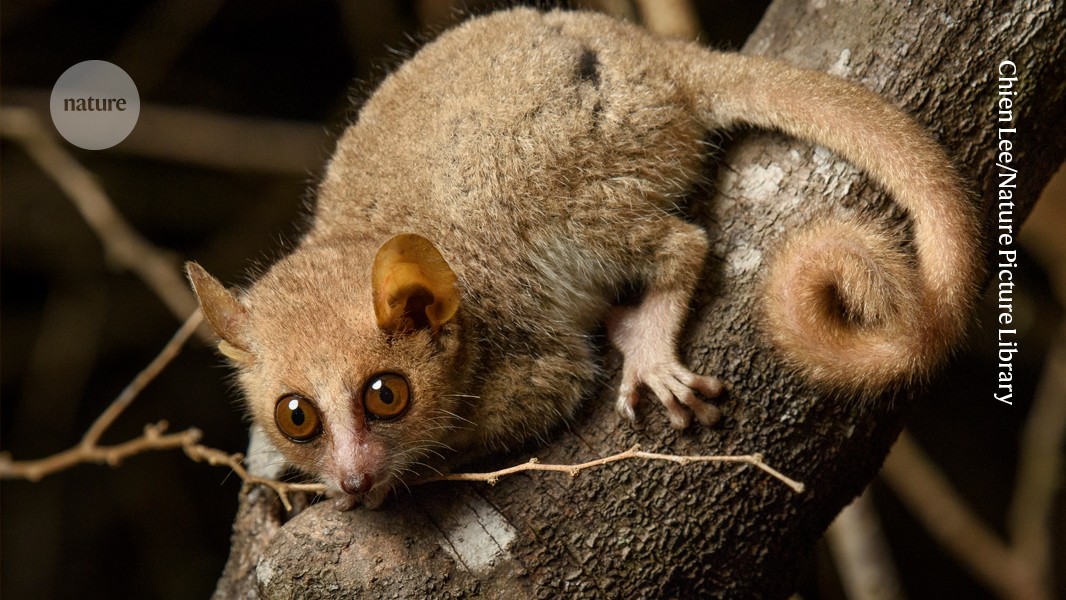The tiny mouse lemur could make for a mighty model organism

A cellular atlas for a small, fast-reproducing primate could set the stage for scientists to use it as a model organism that has more human relevance than rodents
Enjoying our latest content?
Login or create an account to continue
- Access the most recent journalism from Nature's award-winning team
- Explore the latest features & opinion covering groundbreaking research
or
Sign in or create an account Continue with Google
Continue with Google
doi: https://doi.org/10.1038/d41586-025-01584-0
This story originally appeared on: Nature - Author:J. Gray Camp















